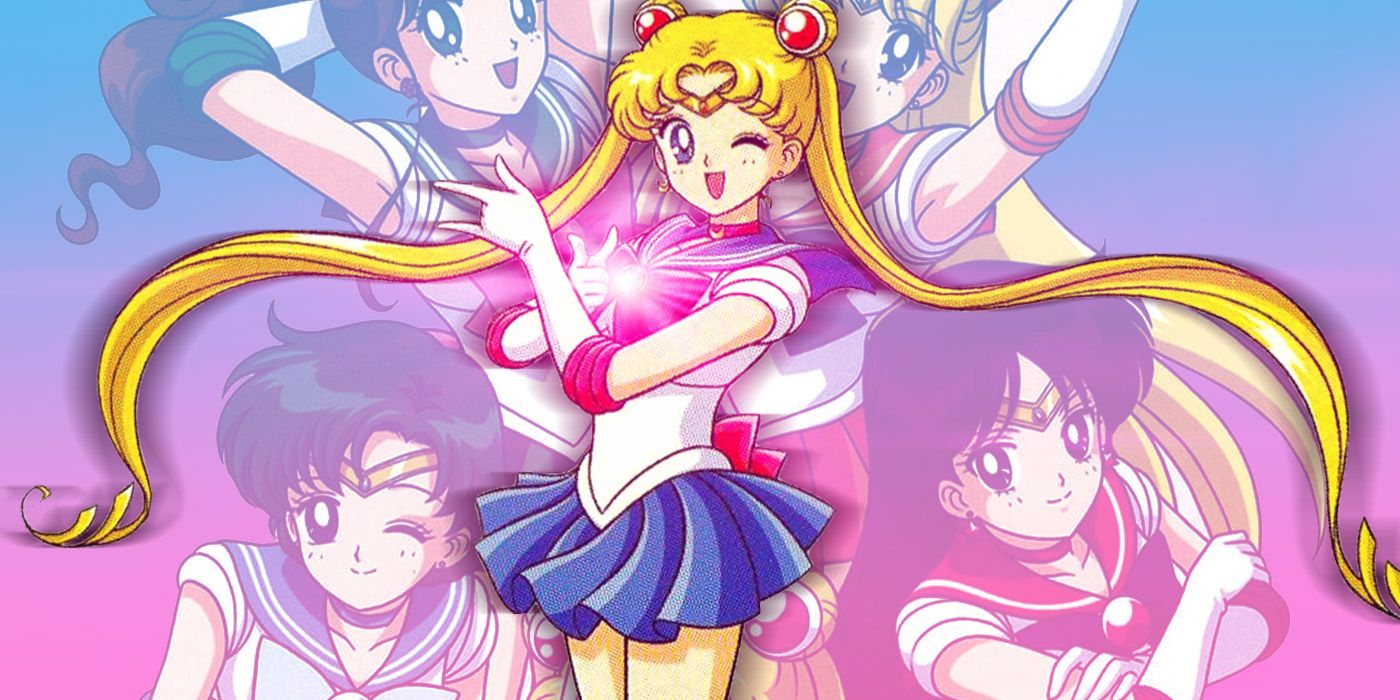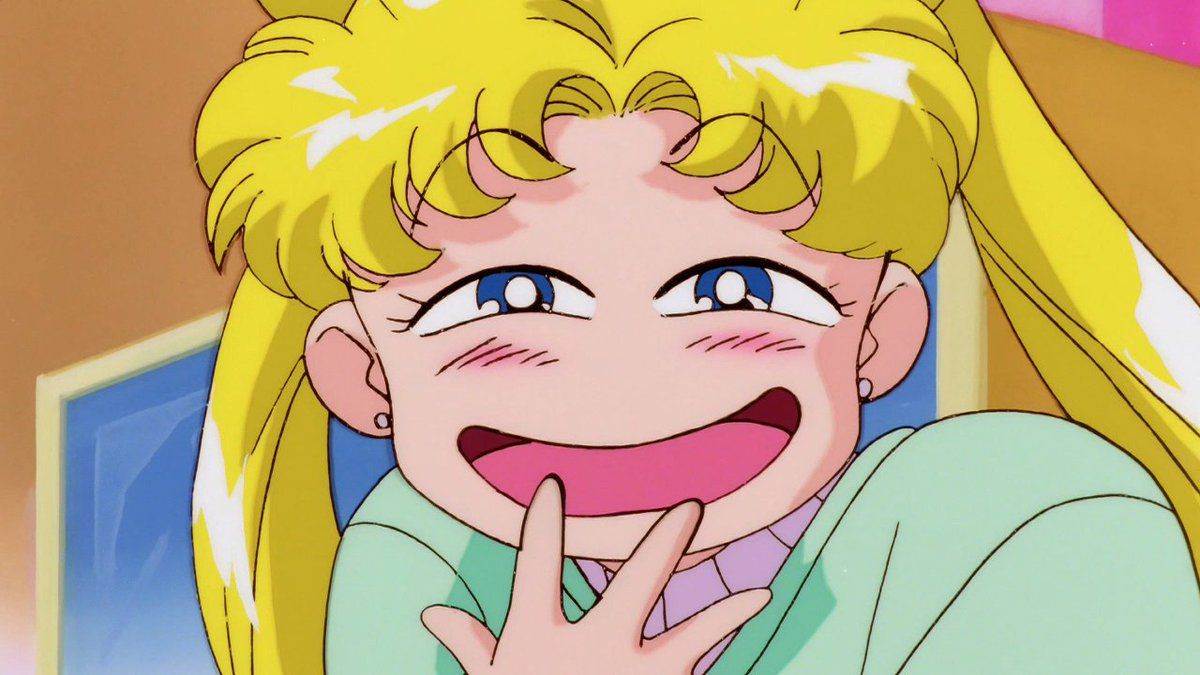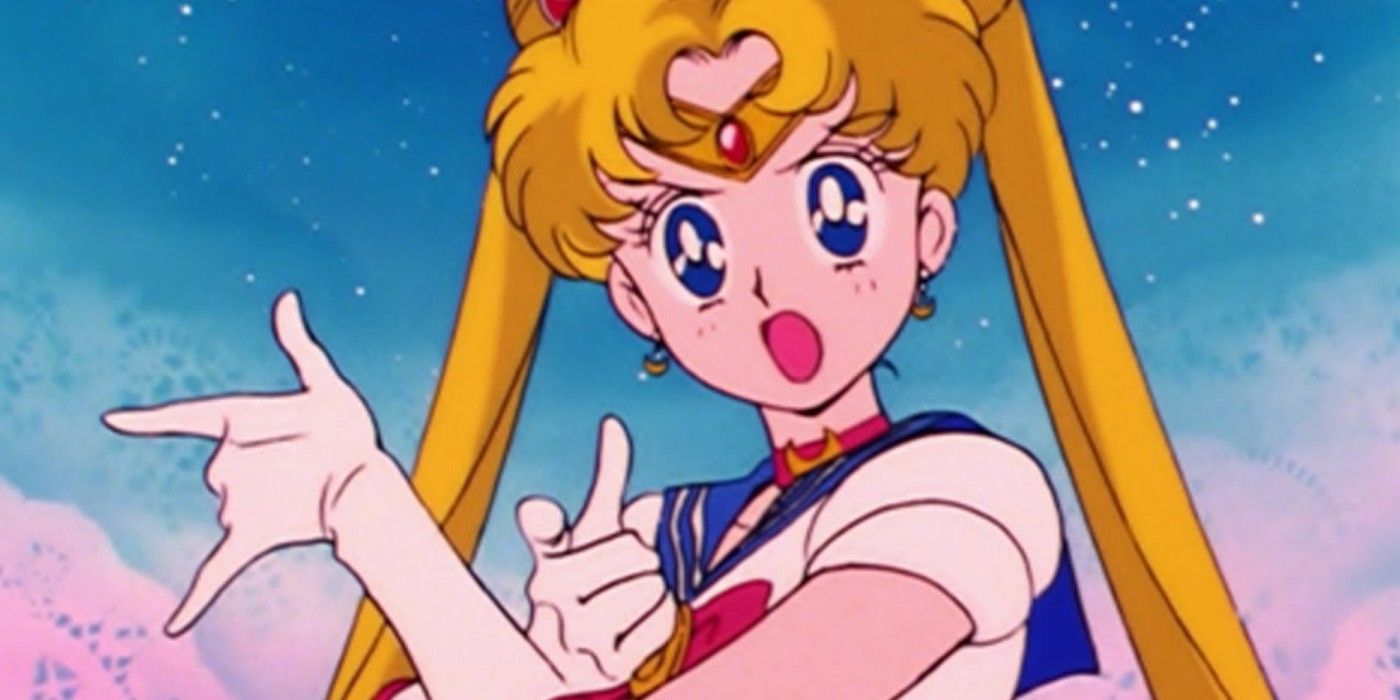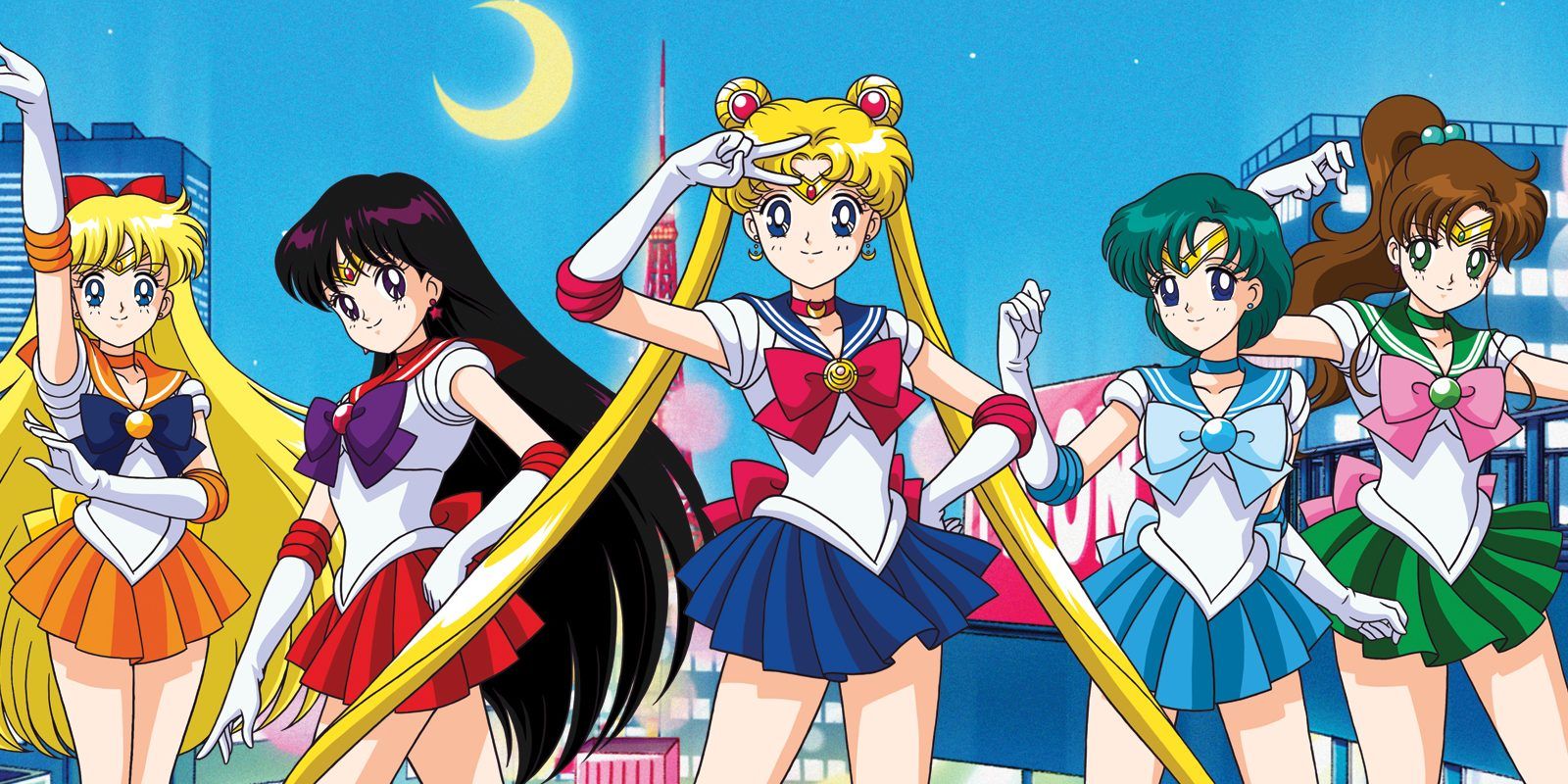On Aug. 28, 1995, Sailor Moon made its debut outside of Japan, introducing North American audiences to Usagi Tsukino and her crew of transforming heroines. Only she wasn't known as Usagi; rather, her name was "Americanized" to Serena, with a new script to boot. Over four seasons and three movies, Serena would adopt several unique voices, all of which were perfectly suited to represent the 14-year old klutz and remain unrivaled by modern adaptations.
Toei Animation's Sailor Moon, based on the original manga by Naoko Takeuchi, was originally "adjusted" by DiC Entertainment for release in North America. The production company made many alterations to the original script, removing scenes entirely, changing dialogue and even erasing certain characters' sexual identities. Though universally panned for the censorship, one aspect of the original series remains unparalleled: the voice acting, which perfectly captures the personality of the series' star, Sailor Moon herself.
A Face with Many Voices
DiC Entertainment picked Canada-based Optimum Productions to dub the series. During their reign, three actors were chosen to give a unique voice to the series' titular star. Serena is a teenager who happens to dual-wield being a ditzy airhead and a Moon Princess. For the initial run, Tracey Moore provided her voice. Moore gave the Princess an entirely appropriate, if not Disney-esque, range through her introduction as an eternally late student; the only thing missing from her performance were the singing birds and whimsical score.
Not long after production began, however, Moore departed and was replaced with actor Terri Hawkes. Hawkes ditched the somewhat eloquent inflections and gave Serena an air of 1990s attitude. She lost the refinement for the most part and began enunciating her moods. Whether hungry or annoyed, her pitch rose and fell in step. Given Hawkes' involvement with the vast majority of the first two seasons, hers is the voice most often credited as defining Serena for North American audiences.
However, it wasn't until DiC stepped away and Cloverway Inc., under the Toei Animation umbrella, took control that Serena's character became fully realized. Under immense pressure to record 77 episodes in just four months, Optimum Productions needed a new voice actor to replace Hawkes. Thus the era of Linda Ballantyne began.
Serena's Sublime Perfection
Ballantyne elevated Serena's casual middle school affectations to roaring drama queen overnight. Fueled by an intense production schedule, Ballantyne adopted the inflections of a well-to-do dowager on a sugar rush and kicked subtlety to the curb, embracing insanity as Sailor Moon. Serena's new voice fit in naturally with the over-the-top performances of the likes of The Powerpuff Girls, which preceded the series on its new station, Cartoon Network. More importantly, it personified her manic, vaguely unhinged personality better than either Moore or Hawkes had managed to achieve.
Whether stalking the much older Darien Shields (Tuxedo Mask), fawning over an eclair or shouting “Moon Prism Power” before banishing a foe back to the Negaverse, Ballantyne's Serena was the energetic center of her moon-powered universe. Her take relied on a wailing guitar-esque wobble, while her authoritative commands as Sailor Moon captured the husky maturity of a young military recruit.
Coupled with Luna, Serena's loyal cat with the voice of an elderly British nanny, the series truly ascended to heights never before reached by an English dub. Ballantyne has her detractors, however. In 2016, Sailor Moon fansite Sailor Tortilla penned a comprehensive history of the English dub. When the third and fourth season voice actor was mentioned, author Aije did not mince words with their assessment of the dub; initially, they thought the whole attempt was a big joke on Sailor Moon fans.
The shift from Hawkes to Ballantyne came on the heels of a transition of rights to the series, as DiC stepped away and Cloverway Inc. took control of production. Optimum remained in charge of dubbing, however, with one caveat: both season three and season four -- S and SuperS, respectively -- were to be dubbed in less than three months. For the dubs aired on Cartoon Network's Toonami block, the first take was often the only take for many scenes. To boot, the new cast had big shoes to fill. In a 2014 cast interview with Den of Geek, Ballantyne said that she was “terrified” of replacing Hawkes. To make matters worse, on the day of her audition for the role of Serena, Ballantyne told BuzzFeed news in 2015 that she came down with an illness.
Serena's energy is a direct result of Ballantyne's own energetic performance. In an interview with Brutal Gamer, Ballantyne says that her style of acting forced producers to take safety measures because of how physical she was in channeling Serena's manic behavior. Coupled with her sincere desire to emulate Hawkes and to capture the essence of Serena's teenage antics, Ballantyne's performance deserves way more credit than it receives. The actor admitted to BuzzFeed that she is often on the receiving end of glares from fans once they realize which seasons she performed as Sailor Moon.
Sailor Moon remains a landmark anime for fans outside of Japan. While the original dub is subject to much criticism, the voice acting remains iconic. In 2014, Viz Media localized Pretty Soldier Sailor Moon, retaining the scenes, dialogue and characters cut from the original DiC production and choosing Stephanie Sheh to voice Usagi Tsukino. Though finding the original trio of Moore, Hawkes and Ballantyne on streaming services and physical media is now a rarity, their legacy as the original Serena Tsukino is cemented in time.




